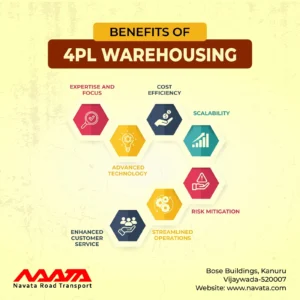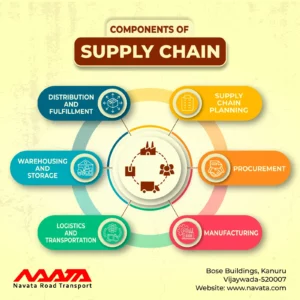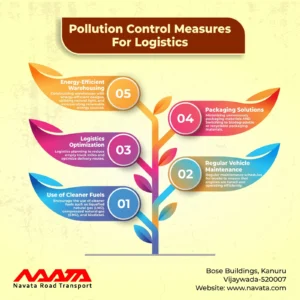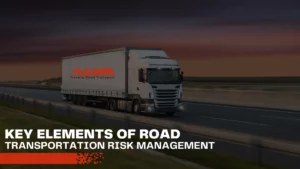Logistics Industry In India, 2024
Table of Contents
Logistics Industry In India
Logistics plays a pivotal role in the economic development of a country by facilitating the timely and cost-effective movement of goods. Efficient logistics enhances productivity, reduces costs, and contributes to economic growth. It is a critical component of various industries, including manufacturing, retail, agriculture, and e-commerce, influencing their competitiveness and market reach.
India’s strategic geographical location makes it a key player in regional and global trade, further emphasizing the importance of a robust logistics network. The industry comprises various segments, such as transportation, warehousing, freight forwarding, and third-party logistics (3PL) services, each contributing to the overall supply chain ecosystem.
The logistics industry in India has witnessed significant growth in recent years, driven by economic reforms, globalization, and the rise of e-commerce. Let’s discuss in detail:
Logistics Industry Current Growth, Trends & Facts
Growth
Market Size: India’s logistics industry is rapidly growing and is expected to reach a market size of $215 billion by 2022, growing at a CAGR of 10.5%.
E-commerce Growth: The rise of e-commerce has contributed significantly to the growth of the logistics industry, as more and more businesses require efficient delivery services.
Government Initiatives: The government’s push for infrastructure development and initiatives like GST and Make in India have further propelled the growth of the logistics industry.
Trends
Digital Transformation: The industry is undergoing a rapid digital transformation, with the adoption of technology like IoT, blockchain, and AI to enhance efficiency and optimize operations.
Warehousing and Distribution Centers: There is a growing demand for modern warehousing and distribution centers to meet the needs of e-commerce and omnichannel retailing.
Multimodal Transportation: The focus is shifting towards multimodal transportation, combining different modes of transport (road, rail, water, and air) to optimize efficiency and reduce costs.
Last-Mile Delivery: Companies are exploring innovative solutions for last-mile delivery, including drones, robots, and smart lockers, as well as partnerships with local delivery providers.
Facts
Employment Generation: The logistics industry employs over 22 million people in India, making it a significant contributor to the country’s employment landscape.
Infrastructure Development: The government is investing heavily in infrastructure development, including highways, railways, and ports, to improve connectivity and reduce logistics costs.
Foreign Direct Investment: The logistics industry has attracted significant foreign direct investment (FDI), with global players like Amazon, FedEx, and DHL expanding their operations in India.
Cold Chain Logistics: The cold chain logistics segment is experiencing rapid growth due to the increasing demand for temperature-controlled storage and transportation of perishable goods.
Green Logistics: There is a growing focus on green logistics practices, including the adoption of electric vehicles and sustainable packaging, to reduce the environmental impact of logistics operations.
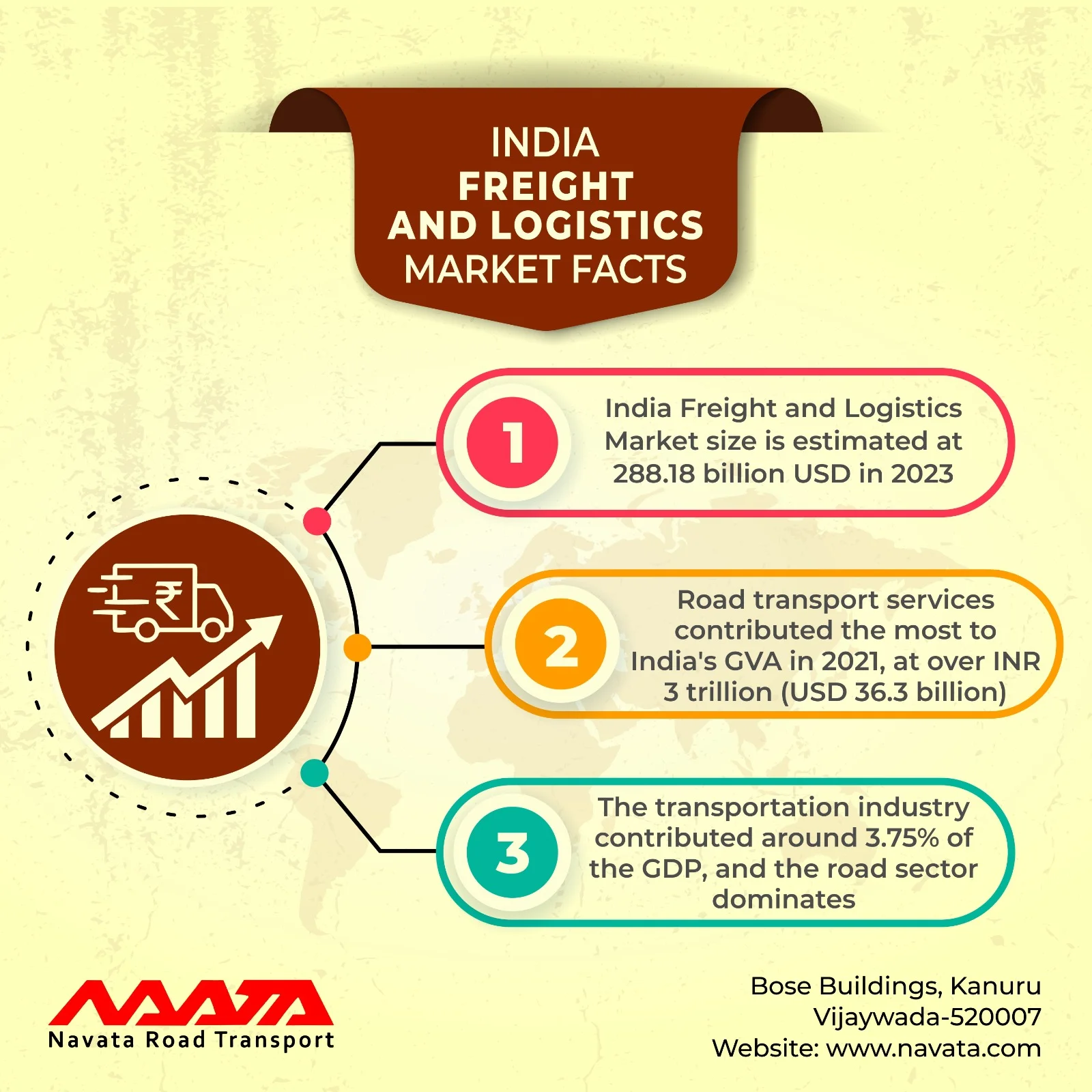
Indian Government Initiatives for Logistics Sector
In view of the immensely important role played by the Logistics Industry in India, many initiatives have been undertaken by the Indian government to improve and enhance the business environment and efficiency of the Indian Logistics Industry.
National Logistics Policy (NLP)
The National Logistics Policy (NLP) was launched in 2022 with the aim of transforming the logistics sector in India. The policy aims to reduce logistics costs from the current 14% of GDP to 10% by 2030. The NLP focuses on several key areas, including:
- Improving infrastructure such as roads, railways, and ports
- Promoting the use of technology in logistics
- Simplifying regulatory processes
- Promoting skill development in the logistics sector
Sagarmala Project
The Sagarmala Project is a major infrastructure initiative launched by the Government of India in 2015. The project aims to modernize and develop India’s coastal infrastructure, including ports, shipyards, and lighthouses. The project is expected to boost trade and investment in the country and improve logistics efficiency.
Bharatmala Pariyojana
The Bharatmala Pariyojana is a highway development project launched by the Government of India in 2015. The project aims to develop a network of highways across the country to improve connectivity and reduce logistics costs. The project is expected to cover over 83,000 kilometers and will be completed in phases.
Udaan Scheme
The Udaan Scheme is a regional connectivity scheme launched by the Government of India in 2017. The scheme aims to improve air connectivity to Tier II and Tier III cities in the country and reduce logistics costs for businesses. The scheme provides financial incentives to airlines to operate flights on regional routes.
e-Logistics Market Platform
The e-Logistics Market Platform (e-LMP) was launched by the Government of India in 2018. The platform aims to provide a single-window platform for logistics service providers and users to connect and transact business. The e-LMP is expected to reduce logistics costs and improve efficiency by providing a transparent and competitive marketplace.
Other Important Initiatives
- Government investment in Indian logistics sector, to strengthen its infrastructure, has received an impetus and is expected to touch $500 Billion annually, by 2025.
- Launching of Multi-Model Logistics Parks Policy (MMLPs) is another initiative by the Government to improve the Indian logistics sector. MMLP lowers the freight costs, reduces vehicular pollution and congestion, and also cuts down warehouse costs to promote domestic and global trade.
- Another interesting initiative is the National Logistics Portal. A National Logistics Portal is being developed in phases to serve as a transactional e-marketplace. A connection link between buyers, logistics service providers and relevant government agencies is proposed to be created. This portal is touted to be a single window market place to link all stakeholders.
- Government has also approved of the commissioning of a Logistics Data Bank. As part of the India- Japan bilateral cooperation, a Logistics Data Bank Project has been commissioned to track containers on a ‘near-real-time’ basis. RFID tags are placed on every container coming out of the ports, to track cargo movement. The project has already expanded to various ports in India, and covers almost 90% of the total container volumes in India.
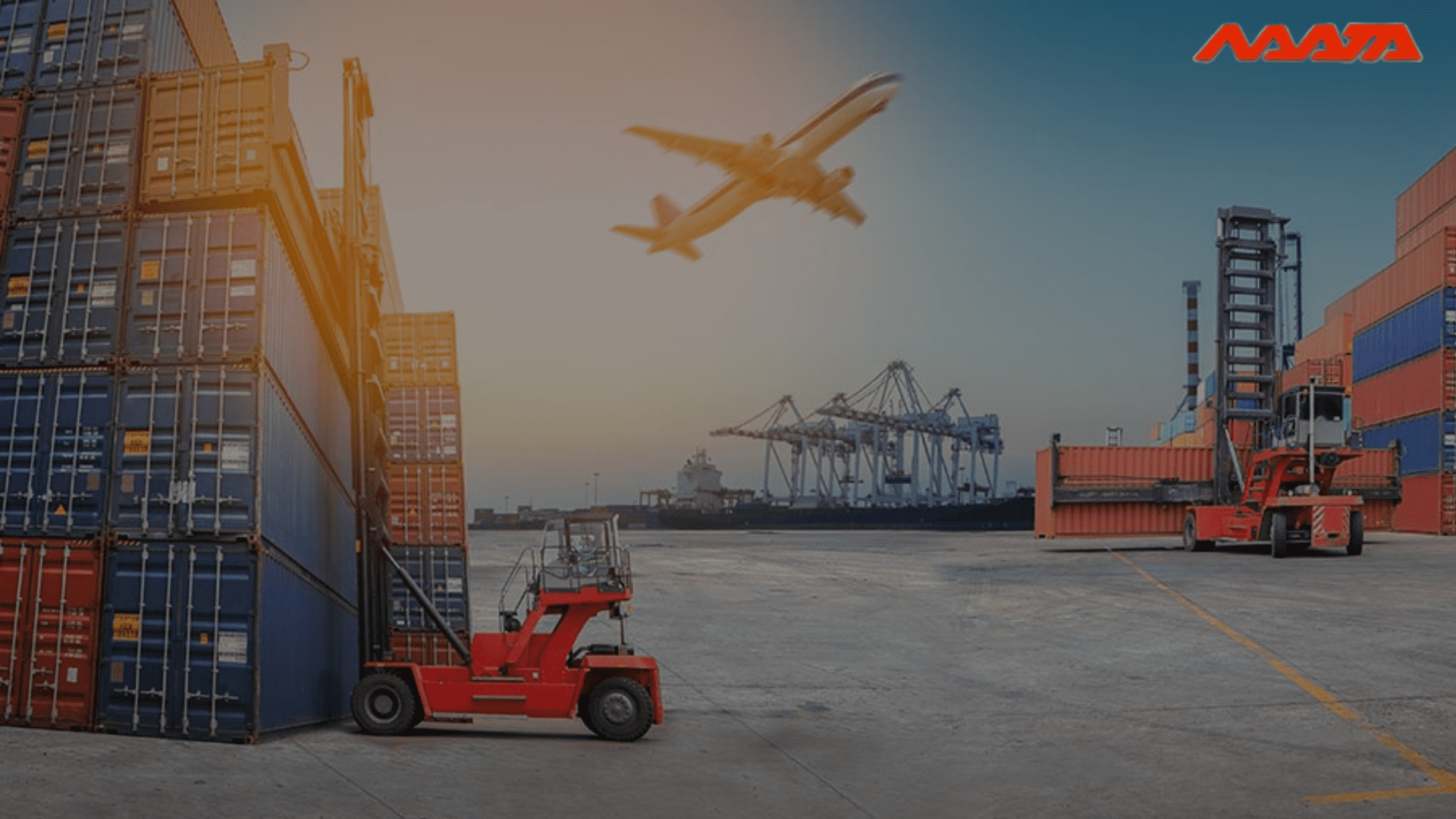
Opportunities in Indian Logistics Sector, 2024
India’s logistics sector is poised for significant growth, driven by various factors that present exciting opportunities for businesses and entrepreneurs. Here are some key opportunities to explore in the Indian logistics sector in 2024:
E-commerce Integration
The rapid growth of e-commerce in India has created a surge in demand for logistics services.
Leveraging technology, logistics providers can integrate seamlessly with e-commerce platforms, providing efficient last-mile delivery and warehousing solutions.
Infrastructure Development
Government initiatives to upgrade and expand India’s infrastructure, including roads, railways, ports, and airports, will create new opportunities for logistics companies.
Investing in state-of-the-art facilities and equipment can help logistics providers cater to the growing demand for efficient transportation and warehousing.
Supply Chain Optimization
With increasing global competition, businesses are seeking to optimize their supply chains to reduce costs and improve efficiency.
Logistics companies that offer end-to-end supply chain management solutions, including warehousing, inventory control, and transportation, can tap into this growing market.
Technology Adoption
The adoption of advanced technologies like IoT, AI, and blockchain in the logistics sector is creating new possibilities for innovation and efficiency.
Logistics providers can invest in technology to automate processes, enhance tracking and visibility, optimize routes, and provide real-time updates to customers.
Third-Party Logistics Services
Many businesses are outsourcing their logistics operations to third-party providers to reduce costs and focus on core competencies.
Logistics companies can capitalize on this trend by offering customized and cost-effective third-party logistics solutions, including warehousing, transportation, and distribution.
Warehousing and Storage
The growth of e-commerce and the increasing variety of goods being transported have led to a demand for modern and efficient warehousing and storage facilities.
Investing in well-equipped warehouses strategically located near major transportation hubs can be a lucrative business opportunity.
Cold Chain Logistics
The demand for cold chain logistics is growing rapidly due to the increasing consumption of perishable goods and pharmaceuticals.
Logistics companies can invest in temperature-controlled transportation and storage facilities to cater to this growing market.
Rural Market Penetration
The logistics sector has traditionally focused on urban areas, leaving a significant opportunity to tap into the vast rural market.
Developing innovative logistics solutions that cater to the specific needs of rural areas can be a profitable venture.
Green Logistics
As consumers become more environmentally conscious, the demand for sustainable logistics solutions is increasing.
Logistics providers can adopt green practices, such as using eco-friendly packaging materials, optimizing routes to reduce fuel consumption, and investing in electric or hybrid vehicles, to appeal to environmentally conscious customers.
Collaboration and Partnerships
Collaboration between logistics companies, technology providers, and other stakeholders can lead to innovative solutions and improved efficiency.
Partnerships with government agencies, industry associations, and logistics startups can create a conducive ecosystem for growth.
By seizing these opportunities and adapting to the evolving landscape, logistics companies and entrepreneurs can contribute to India’s economic growth and enhance the efficiency and competitiveness of various industries.

Conclusion
In conclusion, the logistics industry in India is experiencing a transformative phase marked by dynamic growth, evolving trends, and promising opportunities. As we’ve explored, the current landscape reflects a robust sector, driven by factors such as the booming e-commerce industry, technological advancements, and a proactive government approach.
Looking ahead to 2024, the logistics sector in India presents a myriad of opportunities for entrepreneurs, innovators, and investors. From last-mile delivery solutions to green logistics and advanced warehousing, there are diverse areas where businesses can make a significant impact.
In essence, the Indian logistics sector is not just a facilitator of trade and commerce but a catalyst for economic growth. With a forward-thinking approach, adaptability to emerging trends, and a commitment to sustainability, the logistics industry is poised for a promising future in 2024 and beyond.
Thanks For Reading: Logistics Industry In India, 2024



